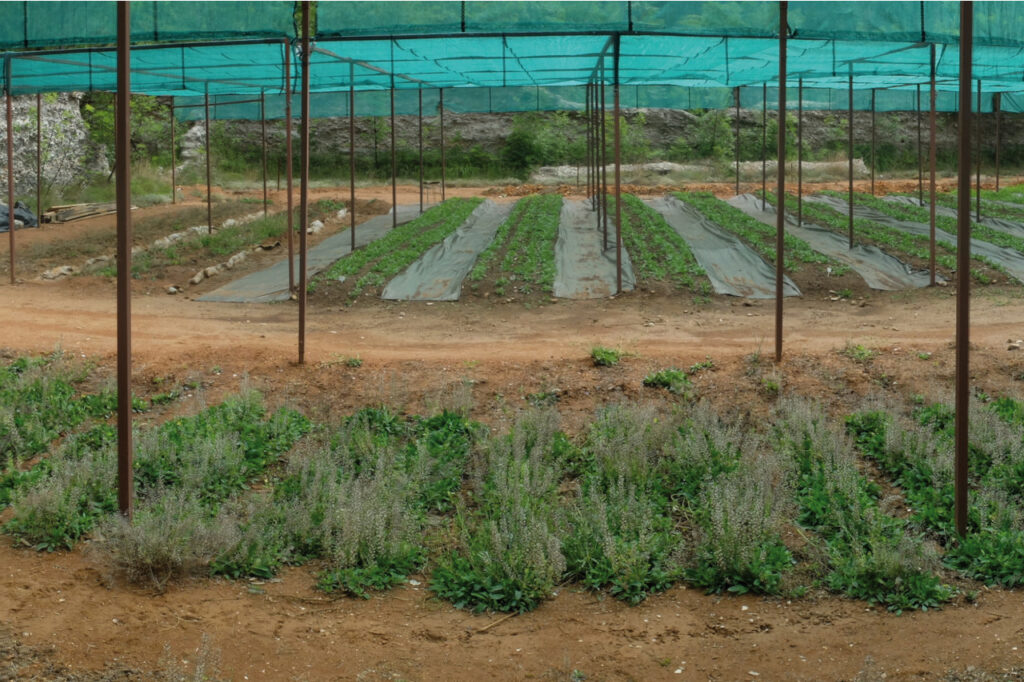[LUM#6] Flowers at the planet's bedside
To heal contaminated soil and polluted water, Claude Grison and his laboratory ChimEco laboratory call on the forces of nature. Healing the planet with plants: the idea is in full bloom.

It's 2007, and Claude Grison, a chemist, is not yet an ecologist, when four of her students in a "classe préparatoire aux grandes écoles" come up with an original subject for study: "Can plants be used to clean up soils? To help them, she immersed herself in the existing bibliography. I discovered plants in a whole new light," she recalls. In a context of pollution, they can't run away! They have only two options: adapt or disappear.
Industrial pollution
And those unfortunate enough to be built on former mining soils have to contend with the worst pollutants of all: heavy metals. " These pollutants are non-organic and therefore non-biodegradable. If nothing is done, they will remain there, at the heart of the contaminated soil or effluent, for ever," sums up the chemist.
Claude Grison's research in Saint-Laurent-le-Minier in the Gard region of France reveals the sad legacy of industrial decades: soil poisoned by cadmium and lead, two residues of zinc mining. Today, the mines have disappeared from the landscape. Unfortunately, so have the plants: here, lead levels in the soil are 800 times higher than normal. In the absence of vegetation, metal particles, easily carried away by rain or wind, contaminate the region over a radius of more than 50 km.
Plant Follies
And yet, on these arid slopes, a few plants push their timid corollas towards the sun. How do they survive? These "hyperaccumulators", known as Noccaea caerulescens, Anthyllis vulneraria or even Iberis intermediademonstrate an astonishing adaptation strategy: they trap metal particles in their leaves, where they are stored. Claude Grison, who uses them to clean up the soil at Saint-Laurent-le-Minier, calls them "plant follies"(Des plantes pour dépolluer le sol et l'eau, 2016).
Since then, the method has flourished, and his ChimEco laboratory has sown similar plants in Crete, Gabon, China and New Caledonia. Everywhere, these precious auxiliaries are helping to stabilize highly degraded soils, while "phytoextracting" the metallic dust they contain: zinc, lead, cadmium, copper, manganese, nickel and palladium. Some of these metals are precious: all that's left to do is to recover them from the leaves of these extraordinary plants, using a 100% eco-friendly thermal and chemical treatment ( La chimie du futur passe par les plantes, 2017).
Claude Grison's laboratory is now turning its attention to a new field of research: water pollution. Some aquatic plants have the same capacity for hyperaccumulation as their terrestrial cousins. This is a particularly crucial problem," recalls the researcher, "as drinking water is becoming a scarce resource, and we need to preserve it. This has become one of mankind's major challenges.
UM podcasts are now available on your favorite platforms (Spotify, Deezer, Apple podcasts, Amazon Music...).